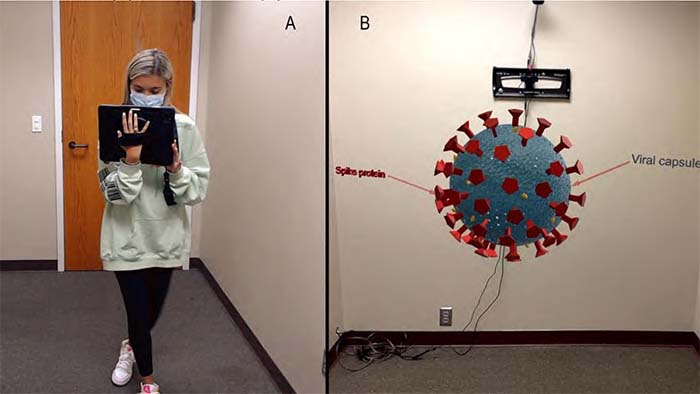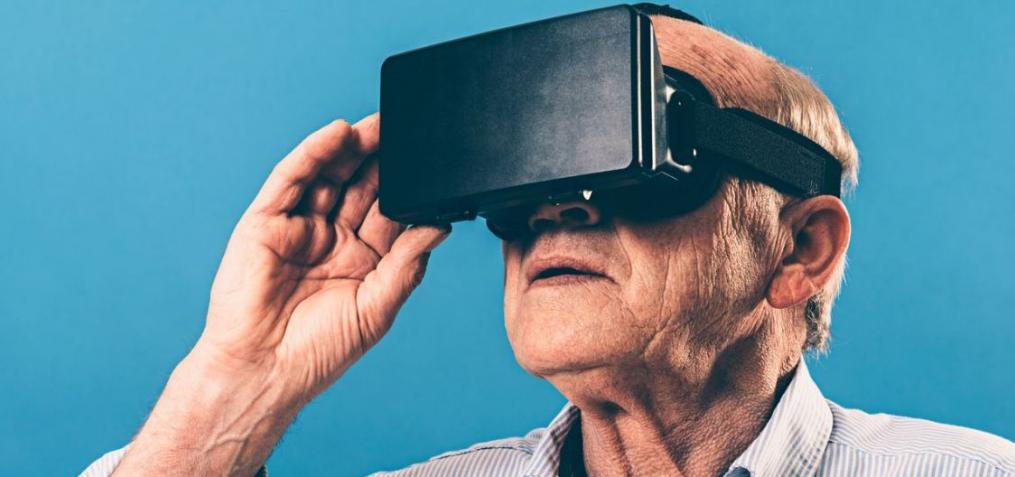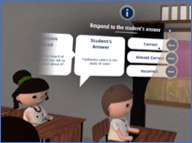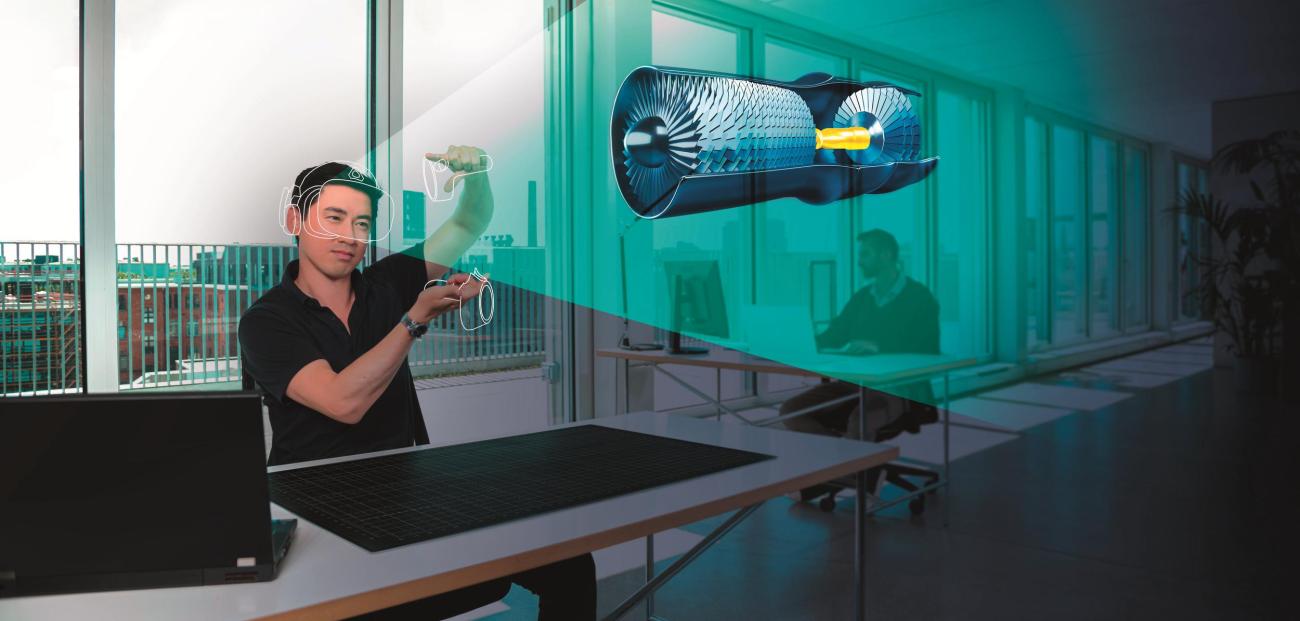As virtual reality and augmented reality move into more prominent roles in everyday life, scholars hope to determine how effectively they could work in the classroom. A new study from the University of Kansas found that an augmented reality lesson scored highly among users, who reported that they felt more engaged with the content than from a video lesson. However, objective data showed that those who interacted with the AR model learned less than those who watched the video. The results suggest that educators must carefully consider when and how to use augmented reality as part of the learning environment.
Mugur Geana, associate professor of health communication and director of KU’s Center for Excellence in Health Communications to Underserved Populations, led the study in which 44 students completed an educational module about the SARS-CoV-2 virus (the infectious agent responsible for the COVID-19 pandemic). Half watched a video that shared information on the virus, its protein spikes, the virus capsule and its genome. The other half interacted with an AR model of the virus in which they used a tablet that imagined a 3D virus model in the experimental room, where they could move around the virtual model and click on the 3D graphic. While doing so, they received audio instructions with the same information about the viral components as in the video.
“We are curious to explore how we can use mixed reality to address teaching and learning,” Geana said. “We’re all familiar, especially after COVID, with watching things and learning on a small screen. So, we thought it would be interesting to see how we can move beyond that 2D environment.”
The study, conducted in collaboration with Dan Cernusca, associate professor of instructional design at the School of Pharmacy, North Dakota State University, and Pan Liu, assistant professor at Marian University, has been accepted for presentation at the 2023 International Communication Association conference in Toronto.
Before participating in the study, subjects answered questions about their knowledge of the virus causing COVID-19. They were then randomly assigned to either the video or the AR arm of the study. During the experiment, participants in the video arm had their eyesight tracked to account for their attention to the video’s graphical elements. For the AR arm participants, a camera in the room and the camera in their tablet recorded their interaction with the virtual 3D model for subsequent analysis. All the participants were then exposed to distractor videos, after which their retention of the presented information was tested. Finally, interviews were conducted to record their experiences and feedback on the instruction.
“We were interested in students’ interaction with the viral model for both arms of the study. We measured which graphic elements they were paying attention to and to what degree for both experimental treatments,” Geana said. “In the AR arm, they could take the tablet, move behind the virus, get closer or engage on other levels. We also looked at if they watched all the instructional modules or skipped some.”
The results suggest that while the AR model that projected a representation of the virus into their physical environment was novel and more engaging, that novelty likely distracted from the information it was meant to convey. And while those in the video group learned more, that does not mean that AR is unsuitable for educational purposes, Geana said. Instead, researchers need to understand how it can be successfully adapted and used in classroom or distance-learning settings to engage and inform learners effectively.
The study results were consistent with previous research findings on AR in education, Geana said, while raising new questions for future projects. Upcoming studies at CEHCUP will aim to test diverse AR educational information delivery models and their effectiveness.
Geana said he firmly believes that immersive visualization technology is the future. To that end, CEHCUP is hosting its first research exhibition featuring entirely virtual research posters presenting health communication studies from doctoral students, faculty and alumni. The AR event will take place from Feb. 15 to March 15 at the William Allen White School of Journalism & Mass Communications. A smartphone or tablet is all that is needed to experience the immersive research exhibition.
For most of the study participants, the experiment was their first exposure to a mixed-reality environment. The novelty factor and the excitement of exploring a virtual 3D model were prominent causes for the lower information retention observed in the AR group compared to those exposed to video, Geana said. As students become more used to mixed reality as part of everyday life, the novelty factor of this technology will likely decrease. Therefore, the authors argue that a better understanding of its potential and most effective use in education is increasingly important.
Image credit: Center for Excellence in Health Communications to Underserved Populations
Quelle:




